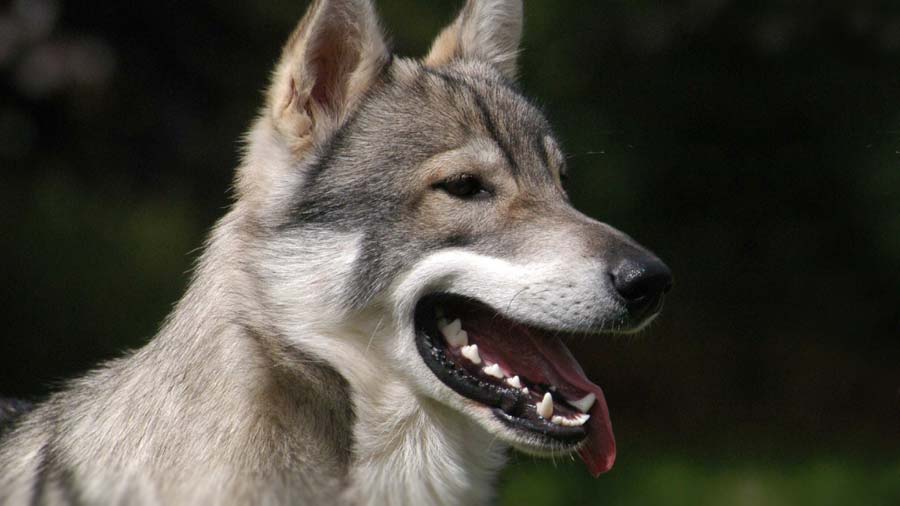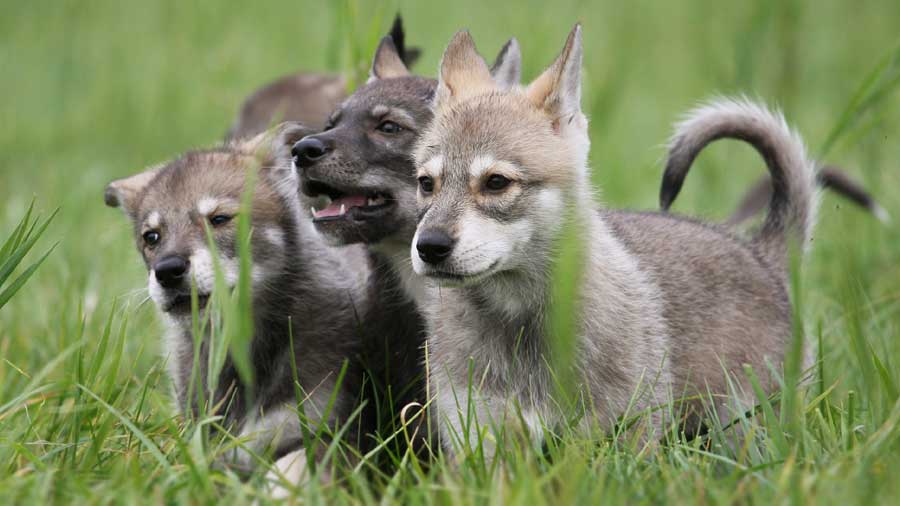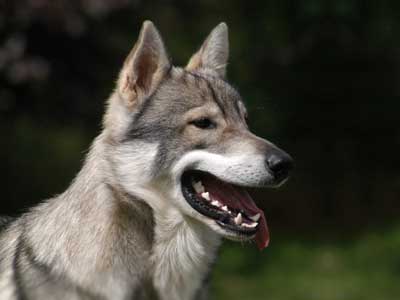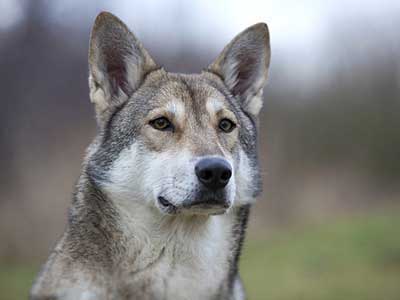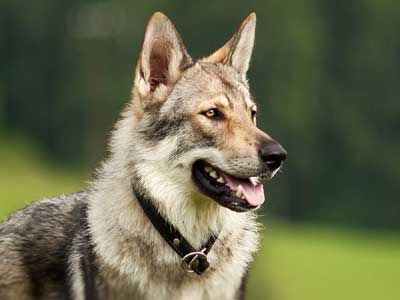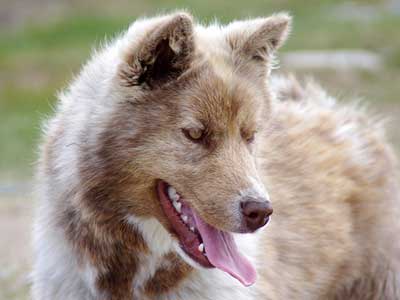Tamaskan Dog
Breed Information |
|
|---|---|
| Popularity |
2022: # 2021: # 2020: # 2019: # 2018: # 2017: # 2016: # 2015: # |
| Name | Tamaskan Dog |
| Other names | Tamaskan husky, Tam |
| Origin |  Finland Finland |
| Breed Group | Working |
| Size | Large |
| Type | Purebred |
| Life span | 14-16 years |
| Temperament |
Agile Intelligent Obedient Sociable Tolerant |
| Height |
Male: 25-28 inches (63-71 cm) Female: 24-27 inches (61-66 cm) |
| Weight |
Male: 66-99 pounds (30-45 kg) Female: 50-84 pounds (23-38 kg) |
| Colors |
Black Gray Red |
| Litter Size | 6-10 puppies |
| Puppy Prices |
Average $1200 - $1700 USD
|
Breed Characteristics |
|
|---|---|
| Adaptability |
3 stars |
| Apartment Friendly |
1 stars Tamaskan Dogs are not recommended for apartment life; if left alone for long periods they may become destructive or attempt to escape. They should have a large garden or at least be allowed free running every day. |
| Barking Tendencies |
2 stars Occassional |
| Cat Friendly |
2 stars |
| Child Friendly |
4 stars Good with Kids: This is a suitable breed for kids and is known to be playful, energetic, and affectionate around them. |
| Dog Friendly |
3 stars |
| Exercise Needs |
3 stars The Tamaskan Dog is very active and needs a great deal of exercise, which includes a daily, long, brisk walk or jog. They can be let off the lead and will return if trained. They need free running and also mind exercises as they are very intelligent. Most Tamaskan Dogs are easily trained but often stubborn. They can be worked in Agility, Obedience, Musical Freestyle and Pulling. |
| Grooming |
2 stars The Tamaskan Dog needs little grooming; perhaps a good brush once a week and more during times of moulting. |
| Health Issues |
2 stars Hypoallergenic: No |
| Intelligence |
3 stars Ranking: (N/A) Full Ranking List |
| Playfulness |
3 stars |
| Shedding Level |
3 stars Moderate Shedding: Routine brushing will help. Be prepared to vacuum often! |
| Stranger Friendly |
3 stars |
| Trainability |
3 stars |
| Watchdog Ability |
4 stars |
Tamaskan Dog Names |
||
|---|---|---|
| Rank | Boy Names | Girl Names |
| 01 | Buddy | Molly |
| 02 | Charlie | Lucy |
| 03 | Toby | Coco |
| 04 | Jack | Chloe |
| 05 | Duke | Abbie |
| 06 | Milo | Stella |
| 07 | Oliver | Zoey |
| 08 | Leo | Stella |
| 09 | Louie | Lilly |
| 10 | Lucky | Lulu |
| 100 Cute Puppy Names › | ||
Overview |
|---|
|
The Tamaskan Dog is a large working dog and as such has an athletic look to it. Similar in size to its cousin the German Shepherd Dog, the Tamaskan has a wolf-like appearance with a thick coat and straight, bushy tail. It comes in three main colors of red-gray, wolf-gray and black-gray. Eyes are yellow through amber and brown, although light eyes are very rare. The Tamaskan is a good family dog, being gentle with children and accepting of other dogs. His high intelligence makes him an excellent working dog and the Tamaskan has been known to exceed in agility and obedience as well as sled racing. This pack dog prefers not to be left alone for long periods of time. It is better suited to other human or canine company. Be sure you are this dog's pack leader, providing plenty of daily mental and physical exercise to avoid separation anxiety. The objective in training this dog is to achieve pack leader status. It is a natural instinct for a dog to have an order in its pack. When we humans live with dogs, we become their pack. The entire pack cooperates under a single leader. Lines are clearly defined. You and all other humans MUST be higher up in the order than the dog. That is the only way your relationship can be a success. |
History |
|
In the early 1980s, five dogs, of Siberian Husky origin, were imported into the UK from America. These dogs were then bred to the Siberian Husky, Alaskan Malamute, and German Shepherd, but also possibly other breeds exhibiting a lupine phenotype, to form a variety called the Utonagan dog. The Utonagan was perhaps later crossed with the Czechoslovakian Wolfdog to form the Tamaskan dog as it is known today. In 2009, the Tamaskan Dog Register introduced a Saarloos Wolfdog as a single out-cross to bring some fresh blood into the breed. However, it is believed that none of his progeny have been bred from it to date. This particular Saarloos was specifically selected due to his great temperament, appearance, and health. |
References
- [1] ^ YouTube: THE TAMASKAN WOLFDOG - DANGEROUS OR FLUFFY?
